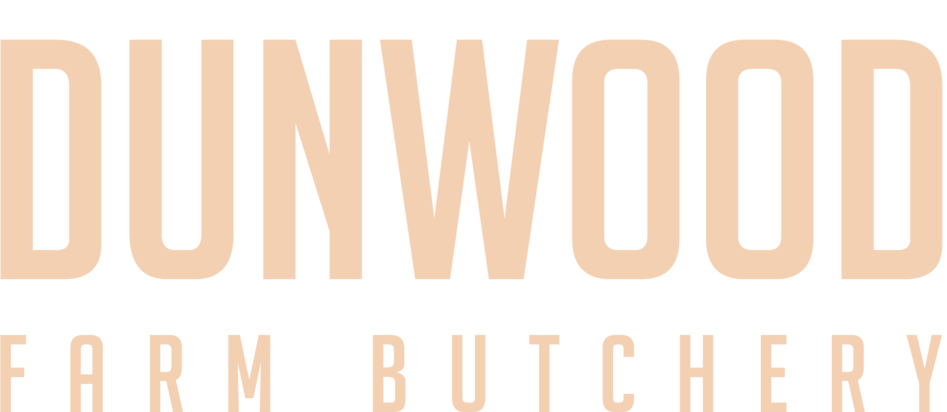The Basics
The Cuts
Leg
The leg is your traditional roasting joint, with a good fat covering making for delicious crackling. We score the skin on ours to help the crackling process. You can also buy pork leg steaks, which are an economical quick meal, but can be a little dry if over cooked.
On a bacon pig, the leg will be cured to produce gammon, on or off the bone, and gammon steaks.

Loin
The loin is often cut into loin chops, which are tender and moist, with a good fat covering. The loin can also be boned and rolled for a tender, easy carve roast. In this area you’ll also find the tenderloin, which is low in fat and very tender, best suited to quick cooking.
In a bacon pig, this is the area that produces short back bacon or bacon chops.
Shoulder/Spare Rib
The spare rib roast, or shoulder produces shoulder joints either with or without the bone, which is suited to slow roasting, and is packed with flavour.
In a bacon pig, this cut will often be referred to as the collar, which can be cured for gammon steaks, but is often used for sausage production, as shoulder meat from a bacon pig has a deeper flavour than that from a pork pig.
Hand
This is the thinner end of the shoulder, which can be slow roasted with liquid, or is often used to make sausages.
Head
The head was traditionally used to make brawn. Here you’ll find the ears, which need a slow cook in liquid before deep frying until crisp to make a tasty bar snack, and the cheeks which are packed with flavour, and require low, slow cooking in liquid
Belly
The belly makes a good slow cook roast due to its high fat content, and is best left on the bone for roasting, or cutting into inch thick strips for a tasty casserole style dish; think Asian flavours for something a bit different, belly pork strips are great with ginger, garlic and soy sauce. The bones from the belly can be removed to make this cut suitable for stuffing.
In a bacon pig the belly is where streaky bacon comes from.
Hock
The hock is left on the bone, and is sweet tasting, and is best pot roasted.
On a bacon pig the hock, or knuckle which is beautiful when smoked, is great for making comforting soups and stews.
Trotters
The trotters take a bit of work to get the best from them. They can be skilfully deboned, stuffed and slow braised for a flavoursome, tender dish, or slow roasted on the bone for you to pick at the meat. The gelatine found in pigs trotters makes them great for terrine making, particularly in combination with the hock.

